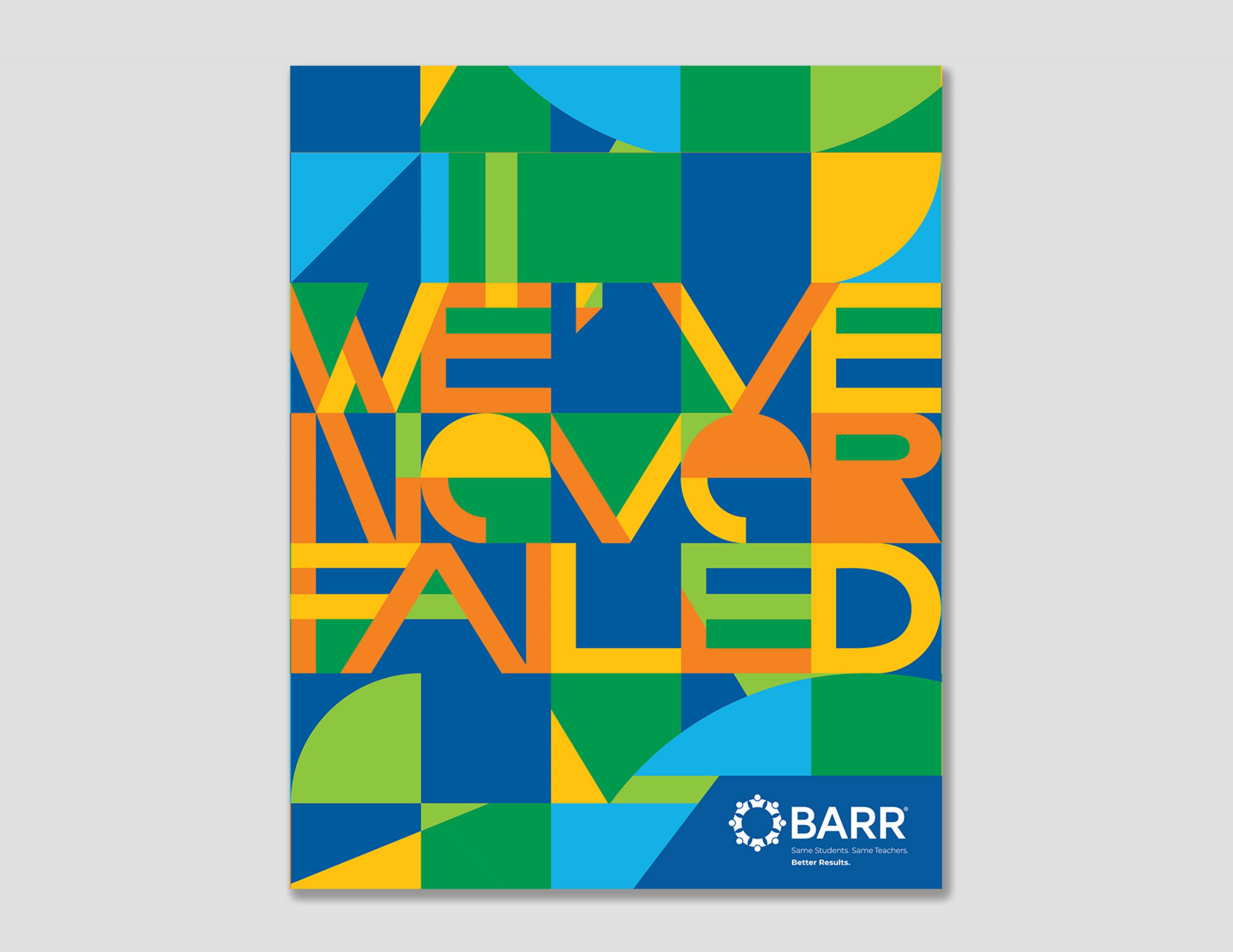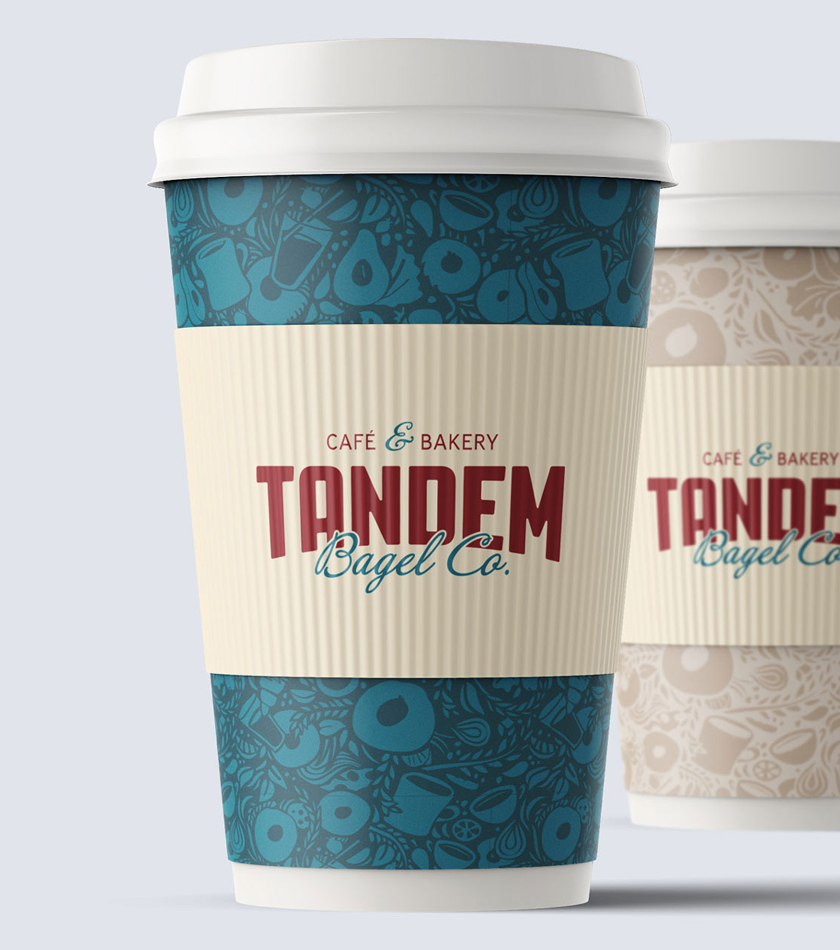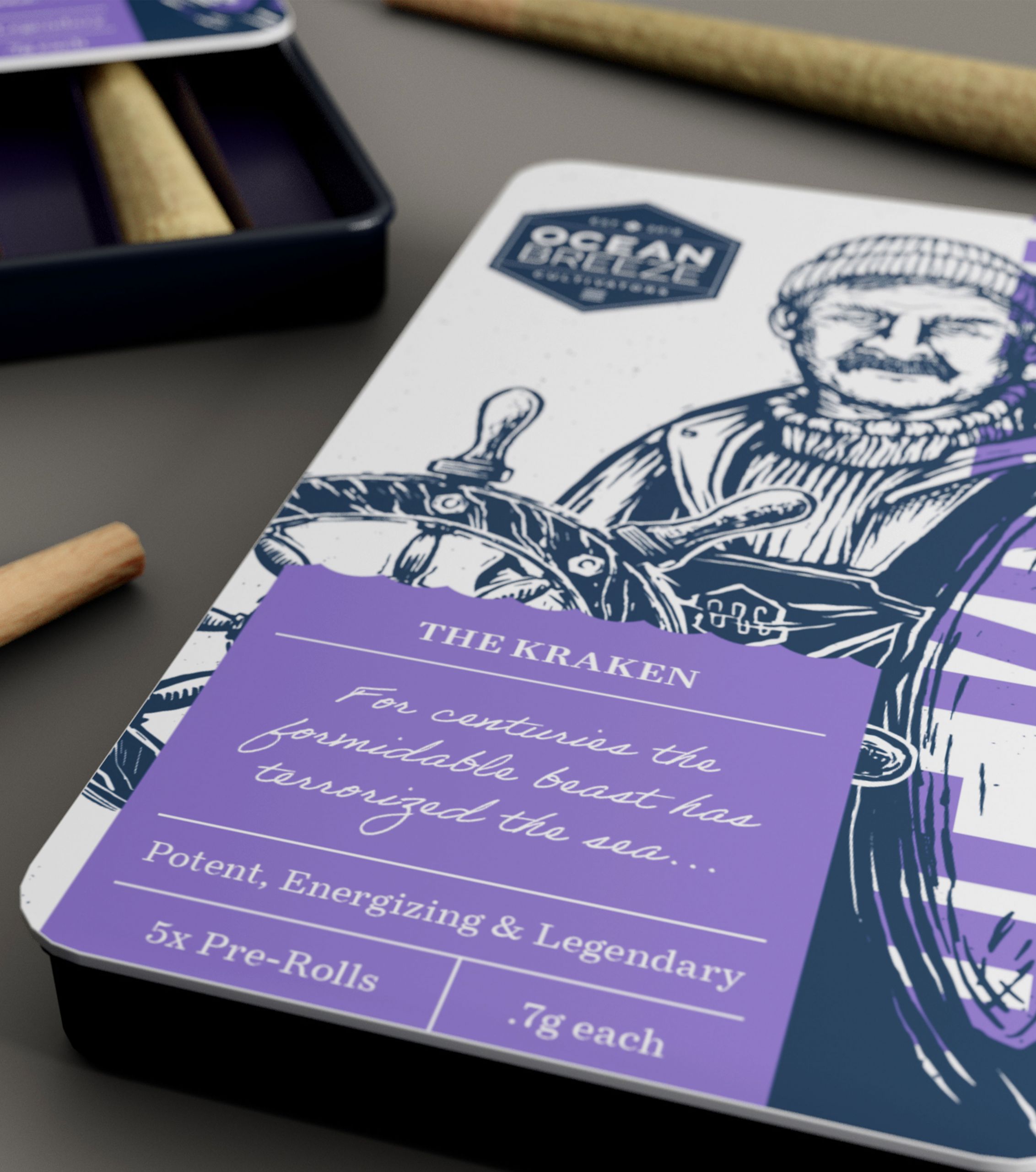How B2B brands behave like B2C

For a long time, B2B and B2C brands have been differentiated by how they approached brand marketing. But now, as digital trends and consumer generations shift, that distinction is blurring. Millennials and Gen Z hold the most consumer power—and also happen to be generations that have grown up with technology at their fingertips. Marketing avenues like social media have changed the landscape, engaging consumers in new, more personalized ways and forcing brands to adapt or get left behind.
But, we’re getting a little ahead of ourselves. Before we go any further, let’s take a beat to get introduced to what B2B and B2C brands look like.
Consider B2B brands through a human lens — do you know someone who works in business? If not, maybe you can imagine a stereotypical business person: highly analytical, rational, and driven by data and metrics. They’re confident in what they have to offer because they have the experience and proof that their product or service is the best on the market. Their decisions are planned and logical, and so are the decisions of their target consumer. They’re great at what they do because they clearly understand and articulate how their company solves their consumers’ needs by solving problems, expediting methods, or enhancing systems.
In contrast, B2C brands are more like the social butterfly at the party. You know the one—they just seem to blend with any dynamic and engage with any group effortlessly. They especially seem to have a knack for connecting with individuals, using their aptitude for emotional connection to make each person they speak to feel valued and important. They’re memorable and easy to trust because they are genuine, transparent, and most importantly, they care about you and how you feel.
So now we have a pretty clear picture of two different folks: a data-driven, solution-oriented business person and a smooth, emotionally intuitive people person. While that distinction is pretty clear, let’s summarize in business terms:
- B2B branding is very rational and is all about positioning based on the value of a product or service. It is driven by a need to solve problems for other businesses.
- B2C branding builds a connection with individuals, relying on the emotional impact of their marketing to elicit a response or inspire the person to take an action based on a want or impulse.
So, how exactly does our business person pick up some of our people person’s smooth moves? By recognizing that no matter what, humans are making purchasing decisions—and the human purchasers representing companies in B2B transactions expect the same seamless, personalized experience they get from B2C brands.
Adobe connects with industry professionals
Adobe is a great example of a company that straddles B2B and B2C successfully. As an organization with products that serve some of the biggest corporations in the world, they’ve been able to position themselves as masters of creativity, using lifestyle-driven brand marketing and activation to amplify their culture.
For example, Adobe partnered with the 2022 Sundance Film Festival to recognize individual creators while promoting themselves as a premier video editing software in the filmmaking industry.

Apple speaks to the individual B2B consumer
Apple provides another great example of both B2B and B2C branding—they hold B2B relationships with firms like Intel, Panasonic, and Micron Technology. On their business page, Apple’s tone of voice speaks directly to an individual while still honing in on how their products can make their lives—and jobs—easier.

So. We’ve defined B2B and B2C brands, and taken a look at how consumer trends are beginning to force them to overlap. Here are our key takeaways for B2B brands looking to stay relevant:
- Humanize branding. Remember that B2C social butterfly? Emulate it. Speak to the individual purchaser, not the corporation—inspire them to take action by connecting to how they feel. (Hot tip: social media is a great place to connect with your consumer directly. Read more about TikTok’s impact on B2C brands here.)
- Provide transparency on business practices. Millennials and Gen Z care deeply about the world they shop in. Tell the story (honestly and clearly) of how your brand cares about those causes too. (Check out this article for more info.)
- Ensure a seamless consumer experience. From your social media to your website to the sales rep speaking on the phone, your B2B consumer should have a cohesive and painless experience across all of your brand channels. (Read more about consumer experience from the B2C perspective here.)
It is important for B2B brands to shift their approach in order to keep up with B2C and the expectations of millennial and Gen Z consumers, especially as these generations become (and already are, in many cases) key stakeholders and consumers in the business world.


